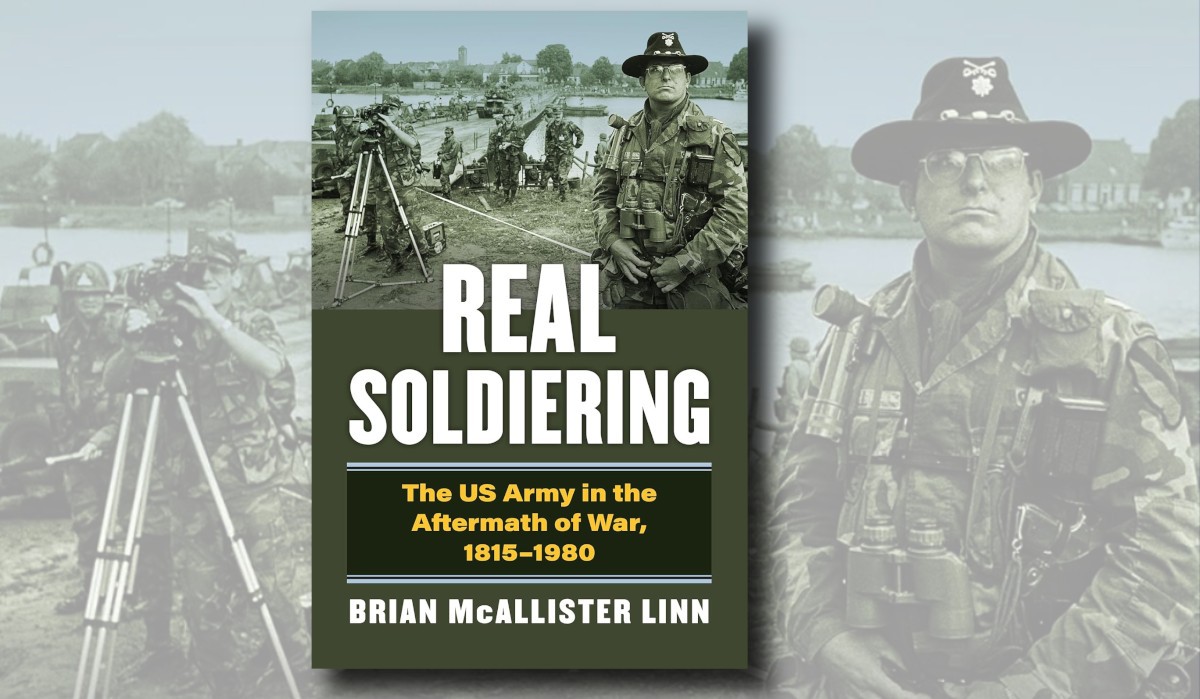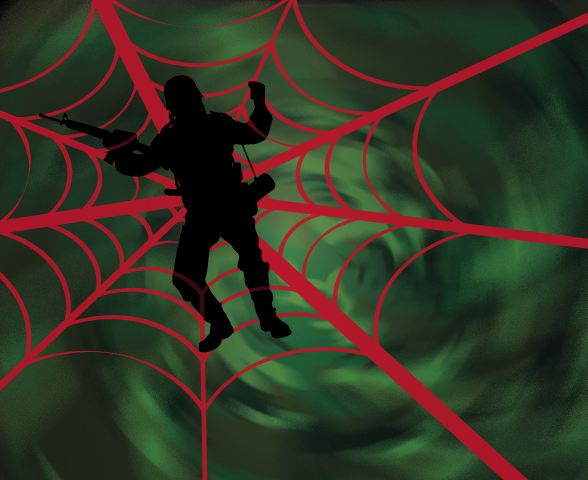The Maritime Warfare Officer (MWO) stream and in particular the specialisation of Principal Warfare Officer (PWO) and the number of qualified Major Fleet Unit (MFU) Navigators remains a concern for the Royal Australian Navy (RAN).
The complexities of personnel fatigue resulting from sea service, management of individual work-life balances and ship manning requirements raise more questions than are answered – particularly regarding the benefit of RAN Navigators specialising as PWOs.
The MWO training continuum is complex. Following award of their Bridge Warfare Certificate, officers will consolidate their knowledge for up to a year on an MFU before proceeding to course for their specialisation (PWO, METOC, H2 or CDOC).
Navigation is not considered a specialisation in itself, rather a sub-specialisation by which navigation training is undertaken pre and post-PWO course following the completion of Surface Combatant Navigation Course (SCNC) and Advanced Navigation (N+) respectively. SCNC (N) qualifies the member to navigate a MFU (such as a frigate or destroyer) and award of an N+ qualification provides the goods to navigate the affectionately termed ‘fat ships’ –deep draught vessels (HMA Ships Adelaide, Choules, and Success by way of example).
Of most concern to the RAN is the potential wasted time and capability from the period that budding N-pluses spend undertaking the year long PWO course that ultimately removes them from alternative sea or shore billets. The educational benefits of undertaking this course cannot be disputed: it provides navigators with the knowledge and tools they need to understand their capabilities and limitations while commanding a ship. It introduces and builds on a strategic understanding of maritime warfare. It teaches future commanders how best to position their task group assets and helps to further enhance the bridge – operations room relationship through a cohesive understanding of what the platform is trying to achieve. In considering these benefits, the perception of what being a Navigator means and how we should be shape our future Commanding Officers needs to change.
Navigators are enablers, ‘A ship cannot fight and win in the maritime environment if it cannot safely navigate to and within the battle space’ (Warfare Officers Career Handbook). Despite this rousing endorsement, navigation is currently filed under ‘General and functional qualifications, sub-specialist and other skills’ of the Warfare Officers Career Handbook (p. 147). An interesting position given the level of responsibility of a Navigating Officer at sea (potentially second only to the Commanding Officer, depending on the thoughts of your Executive Officer).
Until around 10 years ago, navigation was considered a specialisation in its own right, whereby the qualification was awarded on completion of SCNC. Such award indicates that person is now part of the navigation family. Proud, perfectionist and, on occasions, elitist. ‘…you could tell the Navigating Officer by that general air of faintly superior knowledge which, like the Bactrian camel who alone knows the hundredth name of God, sets the Navigating Officer Apart from the rest of us’ (Winton, J, cited in Warfare Officers Career Handbook). It could be said this sense of pride amongst navigators has been diminished through the amalgamation of the role to a sub-specialisation and the requirement to undertake PWO course before this specialisation is awarded.
There is no requirement for navigators to undertake a full year of PWO training and there are a number of reasons that speak to this. Much of the training is designed for operators of consoles – those who will be undertaking the role of PWO at sea. Even with a PWO qualification, navigators rarely perform this function at sea and should be concerned with their primary role:‘…charge of the navigation of the ship’ (DIN ADMIN 30 - 5 - Instructions to the Navigating Officer).
The lost manpower capability as a result of undertaking a year long course is significant. Approximately five advanced navigators graduate from PWO course annually. Based on this number, the requisite for navigators to undertake a 12 month course that is not a direct reflection of their job requirements has the potential to result in no less than two and a half years of lost personnel capability. Undertaking an equivalent course which still meets strategic and training objectives but is limited to six months in duration could enable N+ to be employed immediately – to undertake instructional duties or fulfil personnel shortfalls (particularly for MFU navigators). A six month course that encompasses the fundamentals of Australian Maritime Doctrine, prerequisite warfighting knowledge and focuses on the strategic decision making process required for sea command can achieve the same desired outcomes as a year long classroom and console course.
Aside from developing an immediate warfighting capability, the purpose of the PWO qualification to ensure that future Commanding Officers and Star Officers making recommendations and decisions at the strategic level have a thorough understanding of their environment and the capabilities and limitations of their maritime capability. The RAN can effectively balance these requirements through a reduced PWO-navigation continuum while maintaining a personnel-ready force and promoting the pride of the service.




